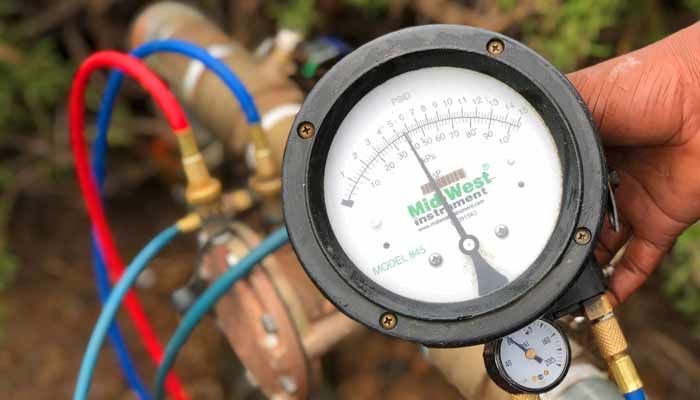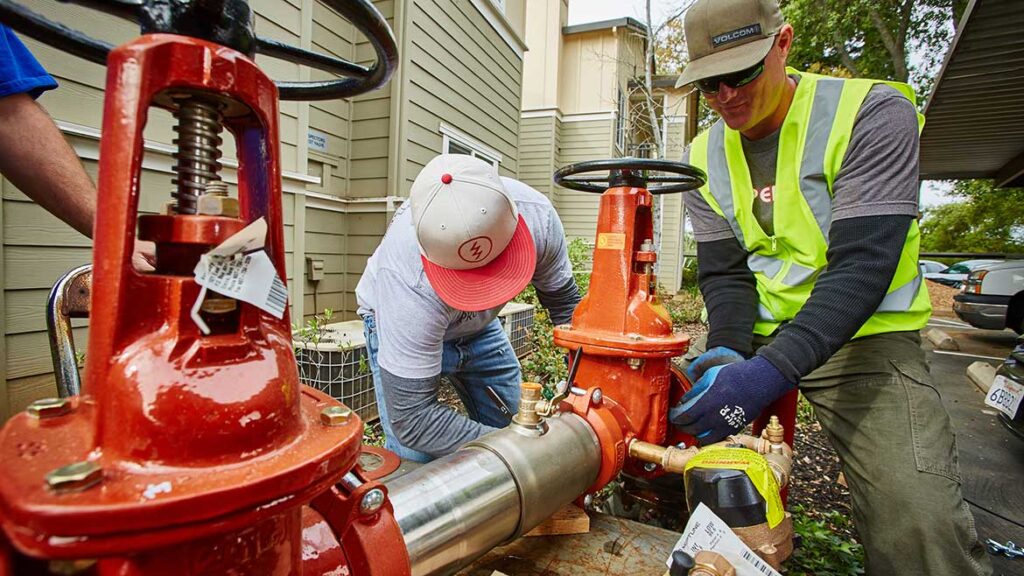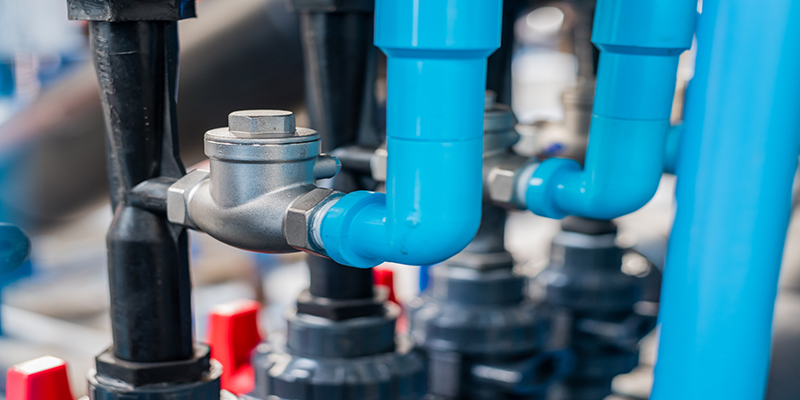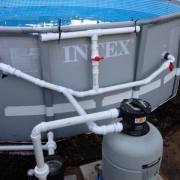Every business needs a backflow testing partner who can test and maintain the system to confirm it works properly. Finding this partner can be challenging.
The business owner must know what to look for to select the right person for the job. To make this choice, they must understand why backflow testing is essential, what the test involves, and how to choose the right person for the job.
Sadly, many facility managers overlook their backflow devices when creating a maintenance schedule. They need to know more about backflow testing and its importance to understand why missing a single test can be disastrous.
Once they have this information, they can turn the task over to a reputable backflow testing provider and have peace of mind. They will know they have done everything possible to ensure the backflow devices work as intended.
The Importance of Backflow Testing

Backflow devices prevent contaminated water from mixing with clean water. Anyone using the facility risks developing serious health issues when a backflow device fails.
Unfortunately, a facility manager often doesn’t know they have a problem with a backflow device until someone becomes ill. The system doesn’t provide a warning when it is failing. Only backflow testing can alert the manager to a potential problem.
Local municipalities require backflow testing to prevent public health issues. Failure to comply could halt the facility’s water supply. Most municipalities require annual backflow testing to ensure all devices work as intended. However, the facility manager must know local legal requirements to avoid issues.
The Backflow Testing Process
Local municipalities require backflow testing to be conducted by a certified tester. The facilities manager cannot complete the testing unless they have this certification. The tester must become certified initially and undergo regular training to maintain this certification.
When testing the devices, they must confirm that the devices used during the testing process are correctly calibrated and share this information with the municipality.
Backflow device test results must also be shared with the municipality. If any devices fail, the tester completes the repair to prevent public health issues. Successful test results also go to the municipality.
Choosing a Backflow Testing Provider

When choosing a backflow testing provider, ensure they create a preventative maintenance plan. If the facilities manager oversees multiple properties, the plan should include a database of all properties.
This database ensures a property isn’t overlooked and all testing results are in one location. This information goes into the database if problems are detected or violation notifications are received.
This provider should work with the municipality to guarantee all paperwork is submitted promptly and recorded. Doing so prevents issues from developing and minimizes the possibility of a pending shut-off due to non-compliance.
Look for a provider that uses the same software to make maintenance and prevention more manageable, and ask about fees charged or emergency testing. The more a facility manager knows before making this choice, the stronger the relationship will be.
Every facility manager needs a backflow testing plan. This plan protects the property from harm while ensuring tenants, guests, and others who visit don’t become ill from contaminated water.
This plan saves money by reducing the risk of municipal violations and other fines. Learn more today to ensure the right partner is found for the business. This partner will help the company save time and money.














Comments